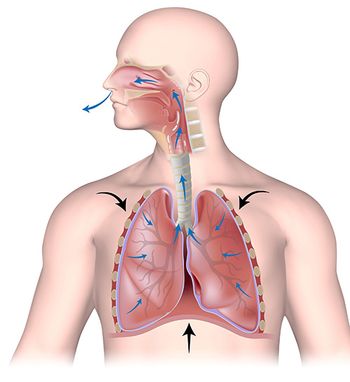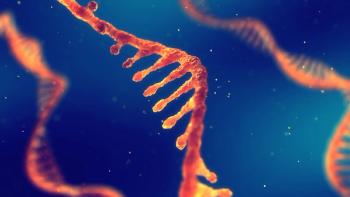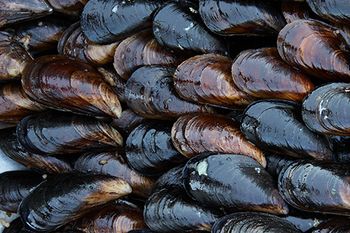
The Chromatographic Society have announced the winners of their 2020 ‘Martin Medal’ and ‘Jubilee Medal’ as Professor Gert Desmet, Vrije Universiteit Brussel (VUB), Belgium and Professor Deidre Cabooter, University of Leuven, Belgium, respectively.

The Chromatographic Society have announced the winners of their 2020 ‘Martin Medal’ and ‘Jubilee Medal’ as Professor Gert Desmet, Vrije Universiteit Brussel (VUB), Belgium and Professor Deidre Cabooter, University of Leuven, Belgium, respectively.

The Column
Click the title above to open The Column July 2020 North American issue, Volume 16, Number 7, in an interactive PDF format.

The Column
Click the title above to open The Column July 2020 Europe & Asia issue, Volume 16, Number 7, in an interactive PDF format.

Biomarker studies using exhaled breath are rapidly emerging as a technique for early disease detection and precision medicine. By offering a completely non-invasive experience for patients as an alternative to painful biopsy procedures. A new approach has the potential to enhance patient compliance, while making clinical workflows simpler. Exhaled breath analysis, however, requires a highly sensitive analytical technique capable of accurately measuring the broad range of volatiles present in breath. In this article, we present a proof-of-concept study to demonstrate a reliable and sensitive method to detect analytes in breath samples. Using high‑resolution accurate mass (HRAM) mass spectrometry (MS), the method validates how low- and high-abundance biomarkers can be quantified from exhaled breath.

Kevin Schug takes a break from his popular blog and reveals an exciting new collaboration between LCGC and the American Chemical Society Analytical Division, Subdivision on Chromatography and Separations Chemistry, to keep readers abreast of the latest trends and developments in separation science with a new series of blogs from members of this group.

The macroscopic properties of material based on poly(D,L-lactic-co-glycolic acid) (PLGA) polymers are tunable by molar mass distribution and degree of branching, enabling optimization for applications in the pharmaceutical and medical industries. Size-exclusion chromatography followed by online multi-angle light scattering with intrinsic viscosity detection (SEC–MALS–IV) is an advanced analytical method for determining absolute molar mass distributions, identifying polymer conformation and quantifying branching. SEC–MALS–IV overcomes the errors that can be encountered in molar mass determined by conventional SEC, which arise from chemical composition and molecular structure, and provides comprehensive characterization of PLGA to facilitate the targeted development of optimized polymer.

A new methodology for the characterization of synthetic oligonucleotides has been developed by researchers from the University of Tübingen, Germany.

Researchers have developed an off‑line pyrolysis GC–MS method to study the accumulation of polystyrene microparticles in filter-feeding organisms.

The complexity and challenges of developing, manufacturing, and controlling cell therapies offer today’s chromatographic scientists new opportunities to join the journey of discovery and innovation needed to develop and commercialize this new drug modality. This article explores the latest developments and highlights the importance of new capillary electrophoresis–mass spectrometry (CE–MS)-based approaches to understand the efficiency of cell therapy production.

Microplastic pollution in the environment is a major concern for governments and companies worldwide attempting to understand and reduce the damage they cause. As well as the direct damage these plastic pellets can also act as chemical reservoirs that leach chemical contaminants into the environment and further damage ecosystems. The Column spoke to Manuel Miró from the University of the Balearic Islands, Spain, about his research into the pollution caused by chemical leaching from microplastics.